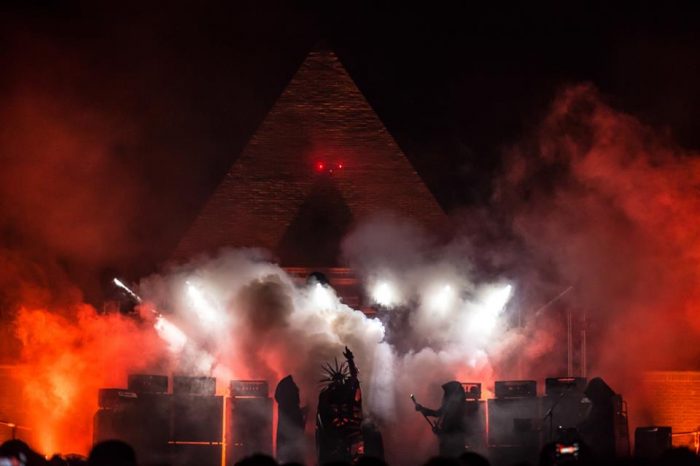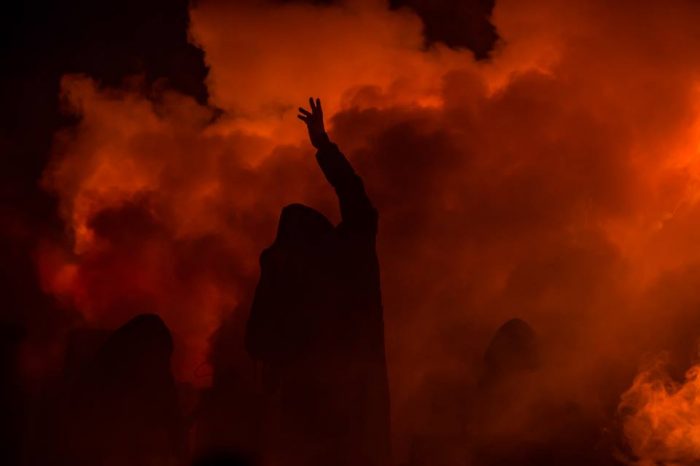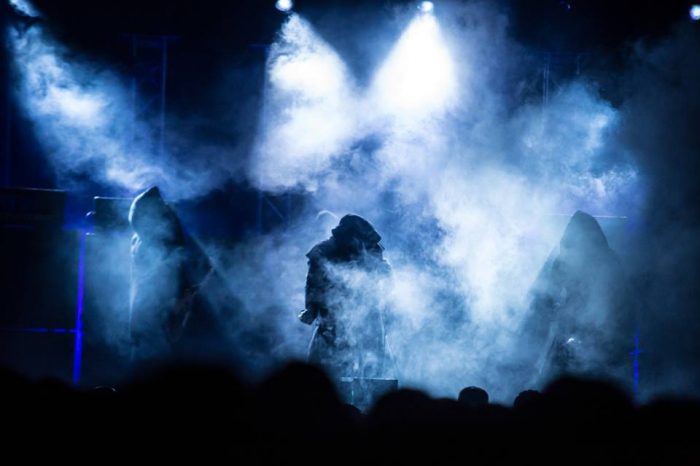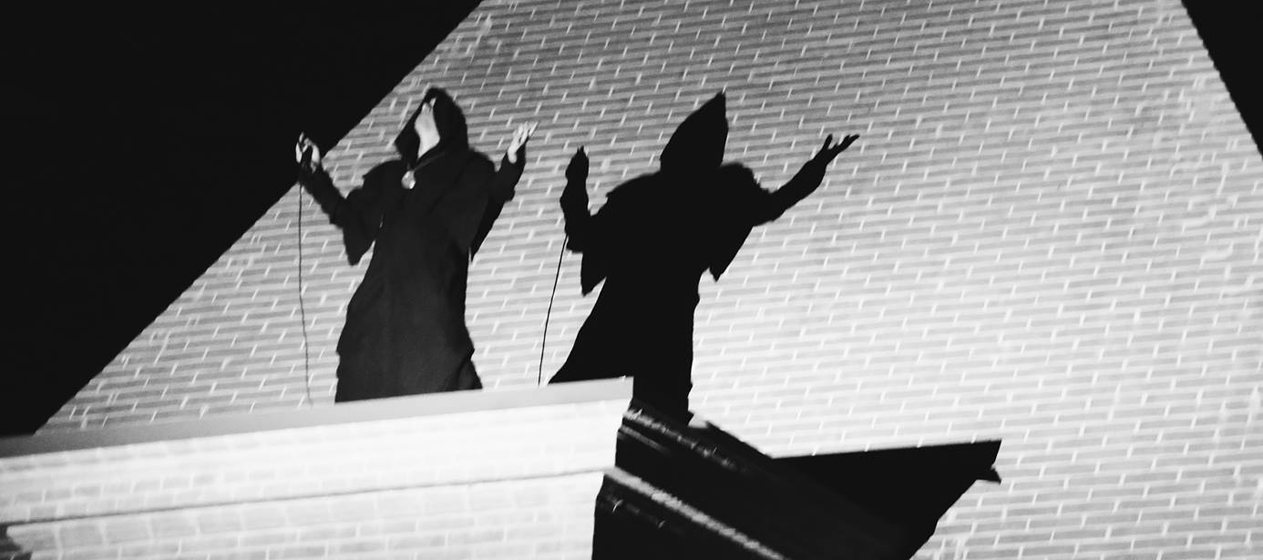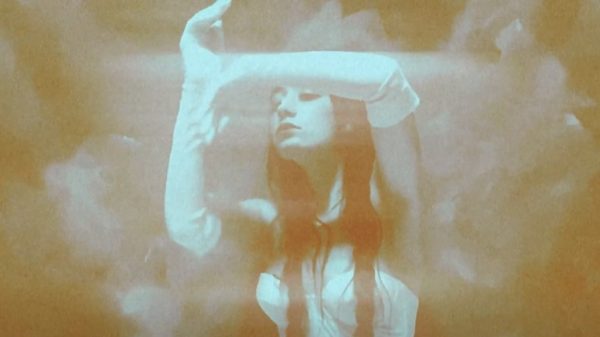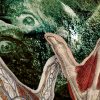Text: Serena Mazzini // Translation: Lucrezia Peppicelli // Photos: Ereonegativo
SUNN O))) FINIS MUNDIS – AN APOCALYPTIC PERFORMANCE IN THE LARGEST MAZE IN THE WORLD
Finis Mundi, world’s end. It is difficult to talk about an event that, more than a concert, was an unique and extremely personal experience and coincided with the 30th anniversary of Jorge Luis Borge’s death, the famous Argentine writer who combined metaphysical and science fiction in his works. His last famous and unobtainable book “Finimondi,” illustrated by John Martin, was published by Franco Maria Ricci, creator of the beautiful “Labyrinth of Masone,” location of the concert.
Since my arrival in Fontanellato, I had the feeling that the event creators wanted to plan the celebration of an ancient ritual in every way.
In order to understand the importance of what we witnessed, it is therefore necessary to analyze some of the key elements of the performance.
The “Labyrinth of Masone” is the largest maze in the world. His seven-pointed star shape is in itself a recall to the worship of the sun and echoes the “seven cosmic laws of Hermes Trismegistus,” thus becoming a place of highly esoteric inspiration.
The choice of this location was crucial for the show. The labyrinth, in fact, is a symbol of life and death, one of the most representative images of the human condition. It suggests a kind of emotional and existential captivity.
A limitation of perception, illusion of consciousness. It is through the maze and the seven cosmic laws that man, as such, must abandon its static existential condition, break down the walls that imprison him to his earthly life and rise to a new level of consciousness, metaphysical, to shine with the light of God.
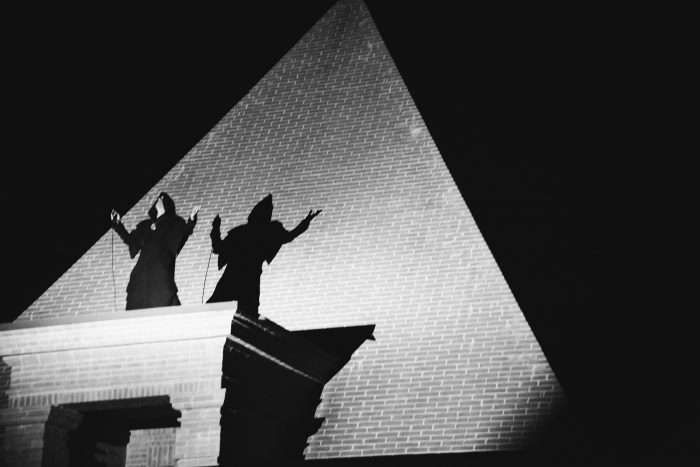
THE ACTS
As I said, I would rather speak of a performance rather than a concert. A theatrical performance in particular, referring to the rules of the Panic Theatre conceived by Arrabal, Jodorowski and Roland (spokespeople of the movement, characterized by chaotic and surreal art performances) and Antonin Artaud’s Theatre of Cruelty. He thought that ”the theater is primarily ritual and magical,” that “it is not a representation, but the unrepresentable of life itself.”
Therefore the show is broken up into several acts that prepare us to bear witness to the true and proper ritual.
ACT I – Taiko performance by FUDENTAIKO – THE MANIFESTATION OF LIFE
The event opens with a Taiko performance; the strong and enveloping sound of these Japanese drums immediately brings to mind the first sound that accompanies us in the world: the beating of our mother’s heart. This image is also rendered visually by the performers, all dressed in black, arranged behind long red light panels. A representation of life, then, that slowly leads to the next step.
ACT II – FINIS MUNDI – video installation by N!03 [ennezerotre] – THE MANIFESTATION OF DEATH
This Milanese collective’s installation offers us a vivid picture of the end of the world and death. Several images that portray the Apocalypse of St. John are staged on long white drapes. Before us stands a fiery/flaming door. We have never been so close to Hell: the crucial moment of death, when our body becomes worthy to perform that rite of passage represented by the entrance into the labyrinth.
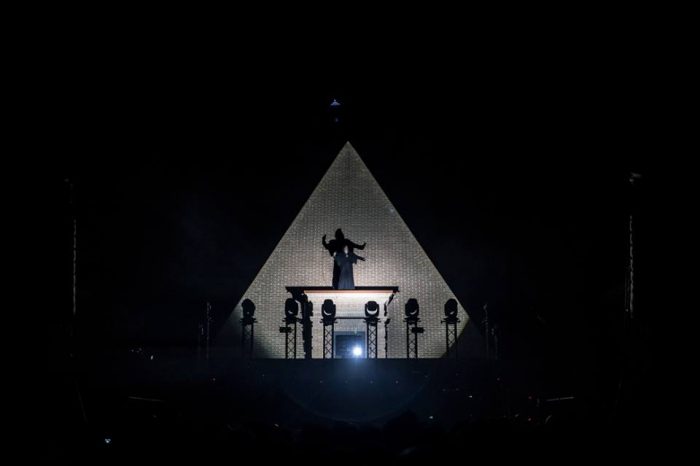
ACT III – ALL HOPE IS ABANDONED IN THE LABYRINTH
The entrance to the maze was thought to amplify viewer’s perceptions. On one hand to walk on the muddy ground, in the dark, rarely illuminated by small white lanterns, could leave one stunned or disturbed; on the other hand, the need to find the right path, leaning onto the ones who stand before us and supporting those behind at the same time, amplifies our feelings, creating a collective consciousness.
Malignant masked presences try to confuse and scare us with mephistophelean laughter while walking. In the end, we are blinded by a bright light, just before being able to see again. A red illuminated pyramid stands in front of us. All around, dimly lit walls, enveloping smoke.
We are just arrived at the center of the maze, completing our transformation. We have not saved ourselves, we only transfigured.
And we are now ready for the arrival of our Priest.
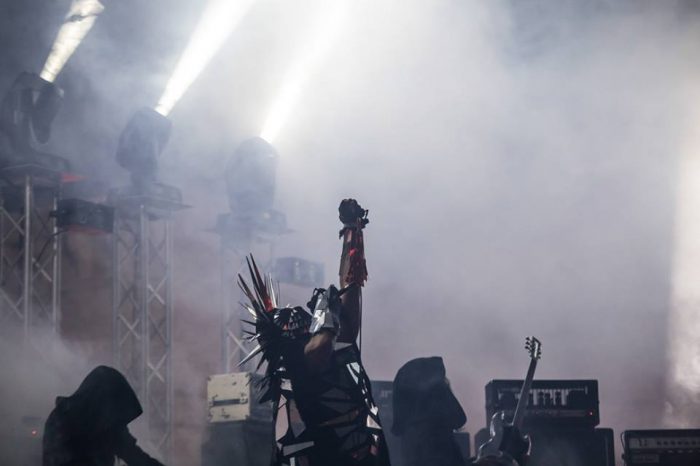
ACT IV – THE ARRIVAL OF THE MINISTER
Through the “Theater of cruelty,” Artaud tried to subvert the show intended as an aesthetic or communicative result, towards a total truth: he contrasted the actors to the “agiti,” that resembled shamanic forces more than just fictional characters, real masters of action.
11 p.m.: the silence falls and the pyramid glows white. The first to peep on the scene is Attila Csihar, who will be our master of ceremonies for the next 2 hours and 20.
His presence on the pyramid evokes the image of an Aztec Sacrifice ritual; with his dark and dreary monologue, he seems to invite us to look at the stars and absorb energy and light.
In the ancient Mesoamerican civilization, “Sacrifice” was not only referred to human but also to the immolation of the God itself. According to Aztec priests, in fact, the gods offered themselves up to enable mankind to survive. They believed that life itself arises from sacrifice, always ongoing in the universe. Therefore, the human sacrifice was the highest gift to their Gods, through which the Aztecs repaid their debt.
The silence around us is total and unreal. The ancient song of Attila, that lasts more than 10 minutes, opens a path that leads O’Malley/Anderson to slowly enter the stage, accompanied by Tos Nieuwenhuizen (moog) and Steve Moore (keyboard/trombone). Hooded and silent, they are just like Apocalypse knights. All religions and rites of the world seem to mix on stage.
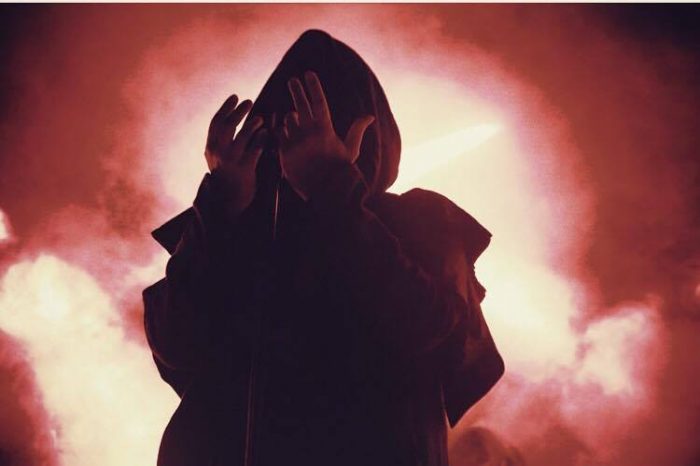
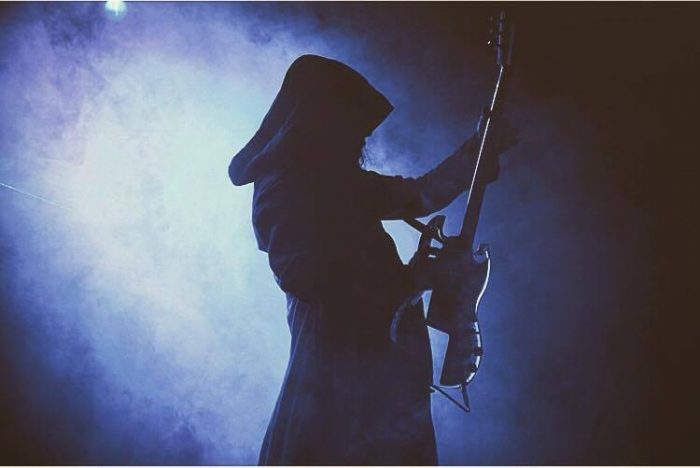
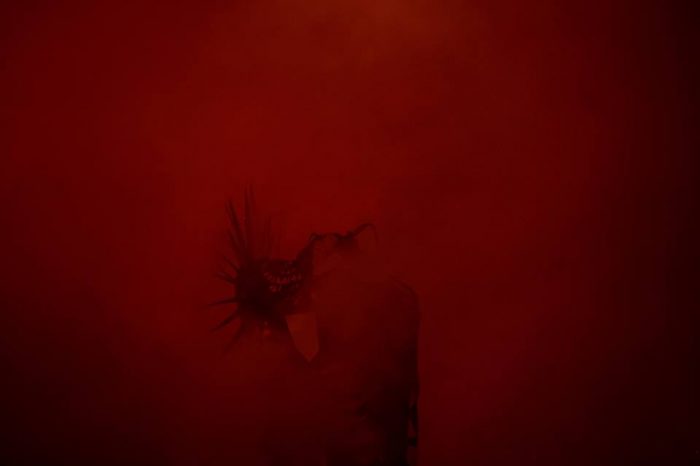
ACT V – THE RITUAL
The power of amplifiers begins to fill the air. The light is stronger and thick blankets of fog surround our bodies. There will be no more silence from now on. Vibrations and volumes increase. Attila joins the others on stage and everything becomes indecipherable, indescribable. We find ourselves wrapped in a kind of hypnosis, a catharsis (in the Greek sense of “purification”) induced by frequencies, drones, feedback, reverb.
My general sensation is that my body is going to crack. The wall of amplifiers is also supported by a sequence of lateral speakers that increases the feeling of reverberation.
Attila incites the public to take part in the ceremony: he raises his arms, his companions follow him and most of the people mimic his movements, lifting the limbs in sign of respect. I spend most of the performance with my eyes closed. I do not see what is happening on stage, do not care about the lights, the smoke, the colors.
I am totally enraptured by the sound that traps my body in movements that do not belong to me. I feel my chest constricting and then opening. As if an invisible hand raises my flesh, making me dance like a disturbing puppet.
The atmosphere is at the same time claustrophobic and lyric, emphasized by the wonderful piece of voice, moog and trumpet, that makes me think about the most cruel paintings by Bosch.
The ritual is almost at its peak. All the players are on stage and the audience is motionless, completely absorbed by the long final frenzy that erodes bone and brain.
Everything is just a slow and incessant buzzing, reminding me of resignation and hell.
The maze, the pyramid and people do no longer exist; everything has now taken a new dimension, a wave that compresses upon itself and absorbs, reverse and modify everything.
The final act then turns into the ultimate sacrifice, in which Attila moves, ascends, descends, disfigures, breathes, englobes, dies. And by dying he makes himself a God.
The end of the world is accomplished, go in peace.
